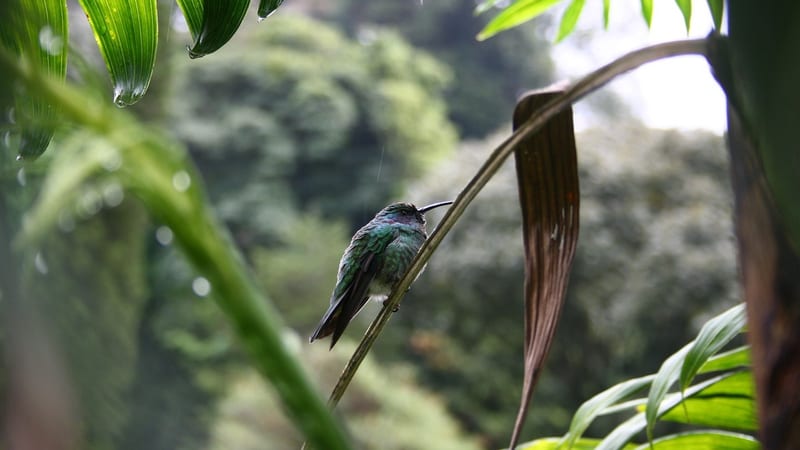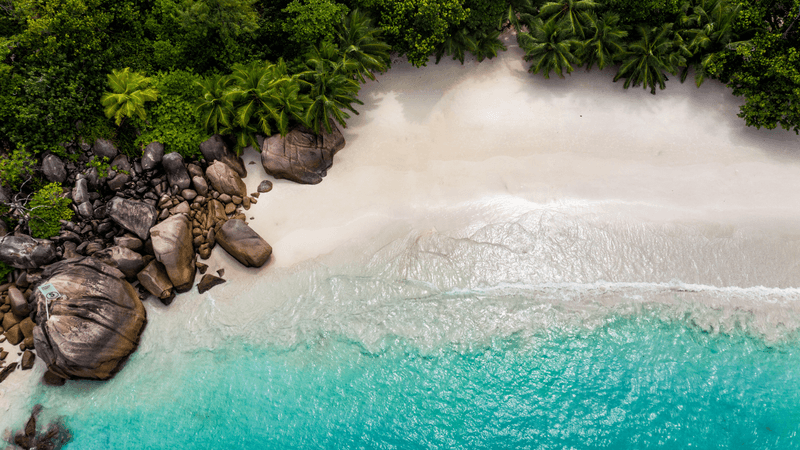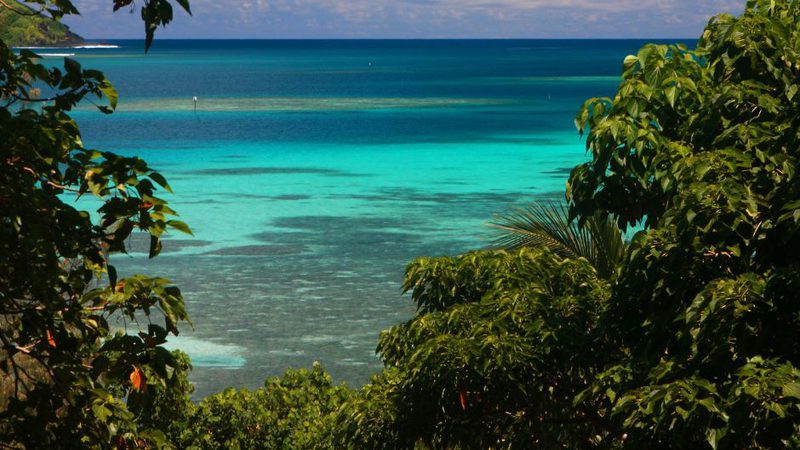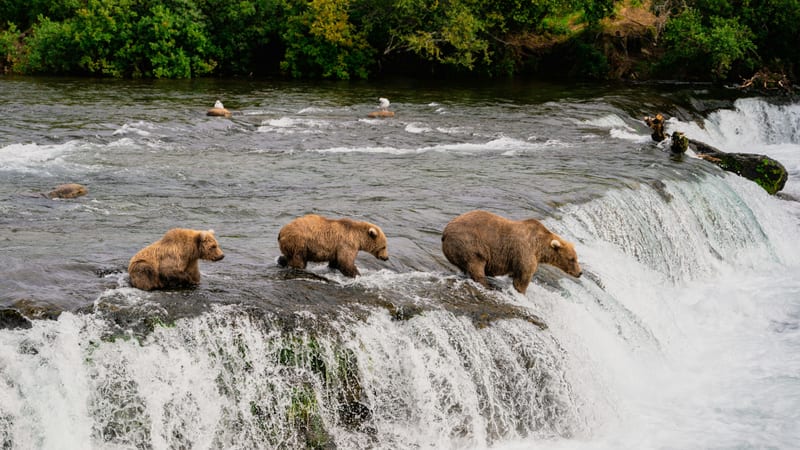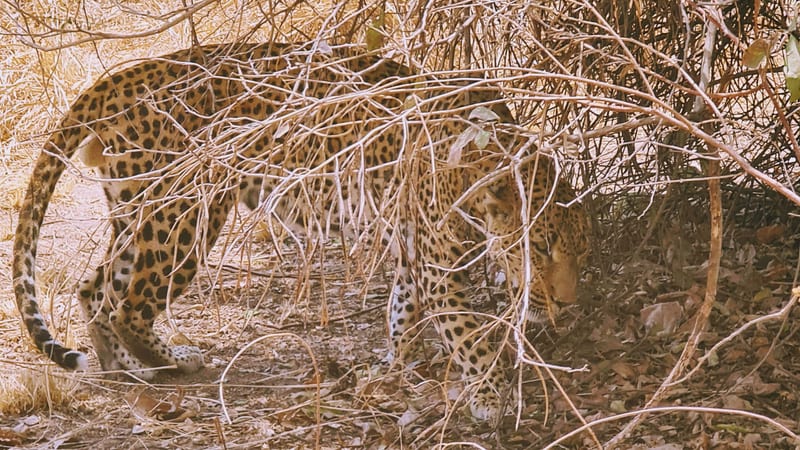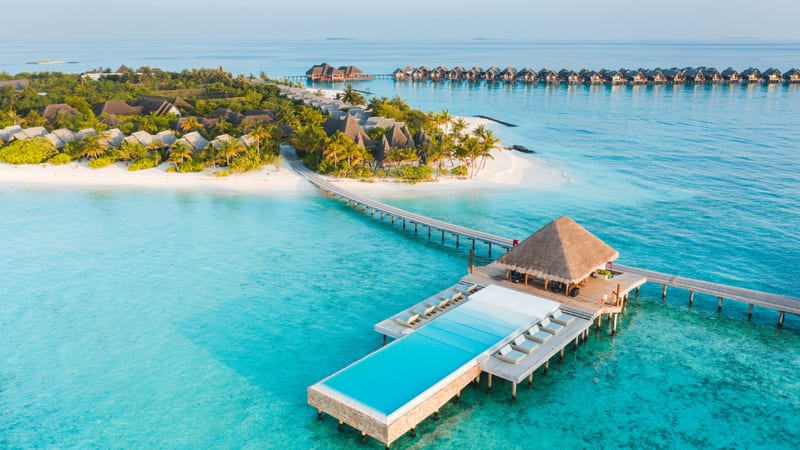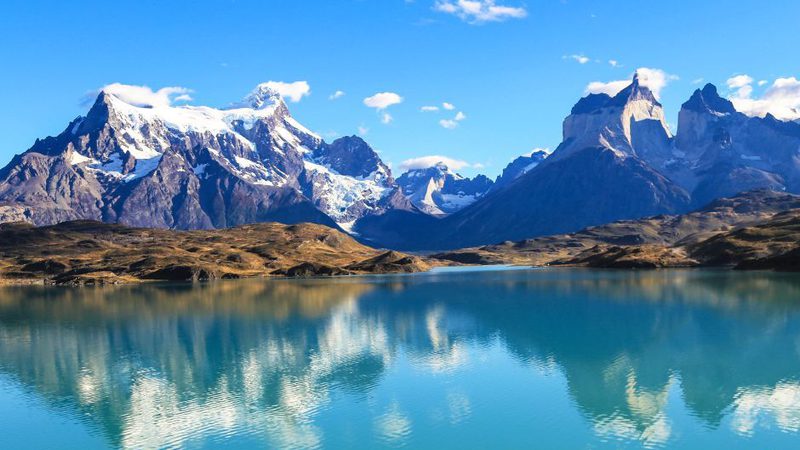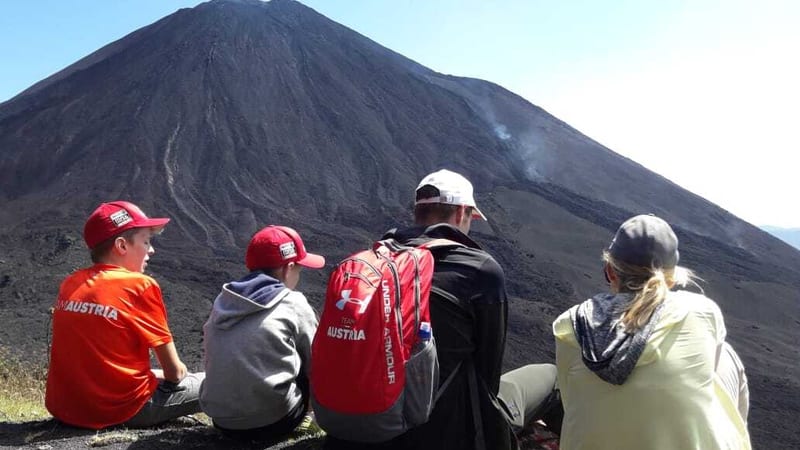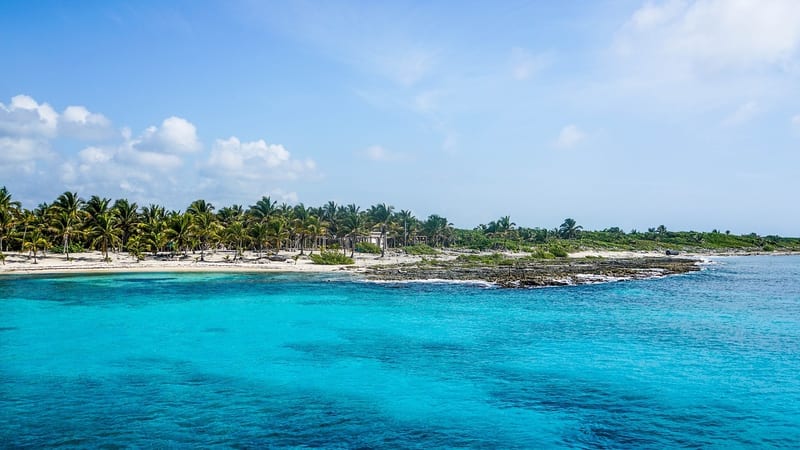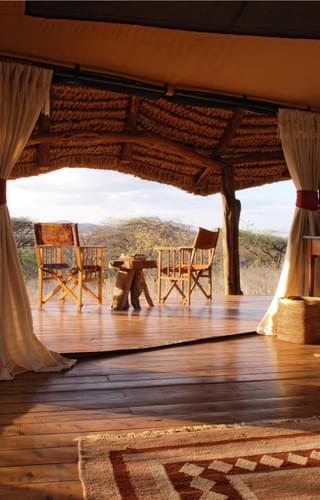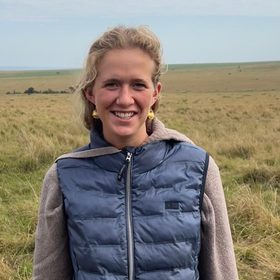Within the lush green gardens, the giraffe design pool is perfect for reading and relaxing
Location: Lewa Safari Camp is set deep within the Lewa Wildlife Conservancy in northern Kenya, a UNESCO World Heritage site and a pioneering model for wildlife conservation. This 62,000-acre private conservancy is home to endangered species such as black and white rhino, and offers guests a truly immersive wilderness experience. The camp’s remote yet accessible location means you can enjoy stunning views across savannah plains dotted with acacia trees, alongside exceptional wildlife sightings in a region committed to protecting Kenya’s natural heritage.
Rooms: The camp comprises 11 spacious, beautifully designed tents that blend traditional safari style with modern comfort. Each tent has a thatched roof, wooden veranda, and en-suite bathroom, with flexible bedding options to accommodate couples, families, or groups. The tents are elevated on wooden platforms to maximise views and airflow, ensuring a peaceful stay that feels deeply connected to the surrounding wilderness. The interior spaces are airy and natural, with subtle earthy tones and handcrafted furnishings that reflect the local environment.
Amenities: Lewa Safari Camp offers a suite of amenities designed to complement the safari experience without detracting from its remote feel. There’s a swimming pool where guests can cool off after a day of game drives, alongside a cosy lounge and bar area for relaxing with a drink. Meals are served in the open-air dining tent or outside under the stars, with fresh, locally inspired cuisine that celebrates Kenyan flavours. Free Wi-Fi is available in public areas, allowing guests to stay connected while enjoying the tranquility of the conservancy.
Activities: Activities at Lewa Safari Camp are varied and designed to showcase the rich biodiversity and cultural heritage of the region. Twice-daily game drives provide opportunities to spot the ‘Big Five’ and other rare species, while guided bush walks offer an intimate experience of the flora and fauna led by expert rangers. For something different, horseback safaris and camel rides are available, letting guests explore the landscape in unique ways. Cultural visits to nearby Samburu villages add a meaningful human element, connecting visitors with Kenya’s indigenous communities.
Sustainability: Lewa Safari Camp plays a vital role in supporting conservation and community initiatives in northern Kenya. As the sole tourism facility owned by the Lewa Wildlife Conservancy, it channels all profits and conservancy fees back into anti-poaching efforts, habitat restoration, and community outreach projects. This includes funding education, health services, and sustainable livelihoods for neighbouring communities, helping to foster a model of tourism that is both environmentally responsible and socially inclusive.
Best places to stay in Lewa & Borana
Lewa & Borana Trip Inspiration
When to visit Kenya
Find out the best time to visit Kenya with our month by month guide.
- Best
- Good
- Mixed
- Jan
- Feb
- Mar
- Apr
- May
- Jun
- Jul
- Aug
- Sep
- Oct
- Nov
- Dec
January
January is a great time for wildlife viewing. The landscapes are lush and green after the 'short rains' and newborn animals can been seen. It is hot, but brief afternoon or evening showers cool things down, without compromising your safari. Over on the coast the sea is clear, making it ideal for diving and snorkelling, and the days are warm and bright.
February
February is an ideal time to visit Kenya, and great for game viewing. The landscapes are green and thriving thanks to the short rains, and newborn animals will be hopping around the plains. There maybe a few afternoon showers which are welcome in the heat, and don't impact on wildlife viewing. Water clarify is excellent at the moment, which is good news for watersports enthusiasts. And if you want to spot a whale shark, now is the time to try.
March
Still a good option for wildlife viewing and diving, although with the 'long rains' just around the corner, expect wetter and hotter weather.
April
April brings the start of the 'long rains' which means game reserves and national parks become muddy and harder to drive around. Over on the coast it's hot and wet, so it isn't the best time of year to travel. Some camps and lodges close during this period.
May
The 'long rains' continue into May, making park tracks difficult to navigate in the mud, and the coast very warm and wet. There will be less accommodation choice at this time as several lodges and camps during this period.
June
June is a beautiful time of year to visit Kenya, with the rains receding to just light showers, and the long dry season not far ahead. The high grasses can sometimes make it more of a challenge to spot game, but the landscapes are lush and some animals may begin arriving early for the migration. At altitude nights can be cool, but elsewhere the temperature is pleasant.
July
July marks the beginning of the great migration into the Masai Mara, and with warm and generally dry weather, this is a great time of year to visit. Days are sunny, skies are blue and there isn't too much dust around, so it's a great time for photography.
August
The migration is now in full swing in the Masai Mara, with lots of river crossing action, so if you want to see those massive herds of wildebeest and zebra, now is the time to come. Game viewing in general is excellent and it's one of the most popular times of year to visit, so some of the main parks do become crowded. Temperatures are warm and dry.
September
Game viewing continues to be excellent, and the weather is generally dry so this is another ideal month to visit Kenya's parks. The bush is less dense and as animals gather around waterholes and rivers it makes wildlife spotting much easier.
October
October is a great time if you want to avoid the crowds and don't mind the temperature slowly starting to rise. There may be a few short showers, but game viewing remains excellent with the end of the migration, and it's a good time to holiday anywhere in Kenya.
November
November heralds the start of the 'short rains' and with hotter temperatures some camps are closed. The Mara however is still open, and despite sometimes stormy skies, game viewing is still good. Fewer crowds and lower prices make this an attractive month to visit. Over on the coast water clarify is good for snorkelling and diving.
December
The 'short rains' are bringing the landscapes back to life, and as the plains start to become green again, wildlife viewing remains good, and it's a great time for birding. Some camps are closed (mainly in the north of Kenya) but many others remain open. The showers tend to fall in the afternoons and don't impact greatly on a safari. Take advantage of reduced visitor numbers and lower prices.
Speak to a Kenya expert today
and start planning your tailor-made holiday

Alistair

Ottilie





